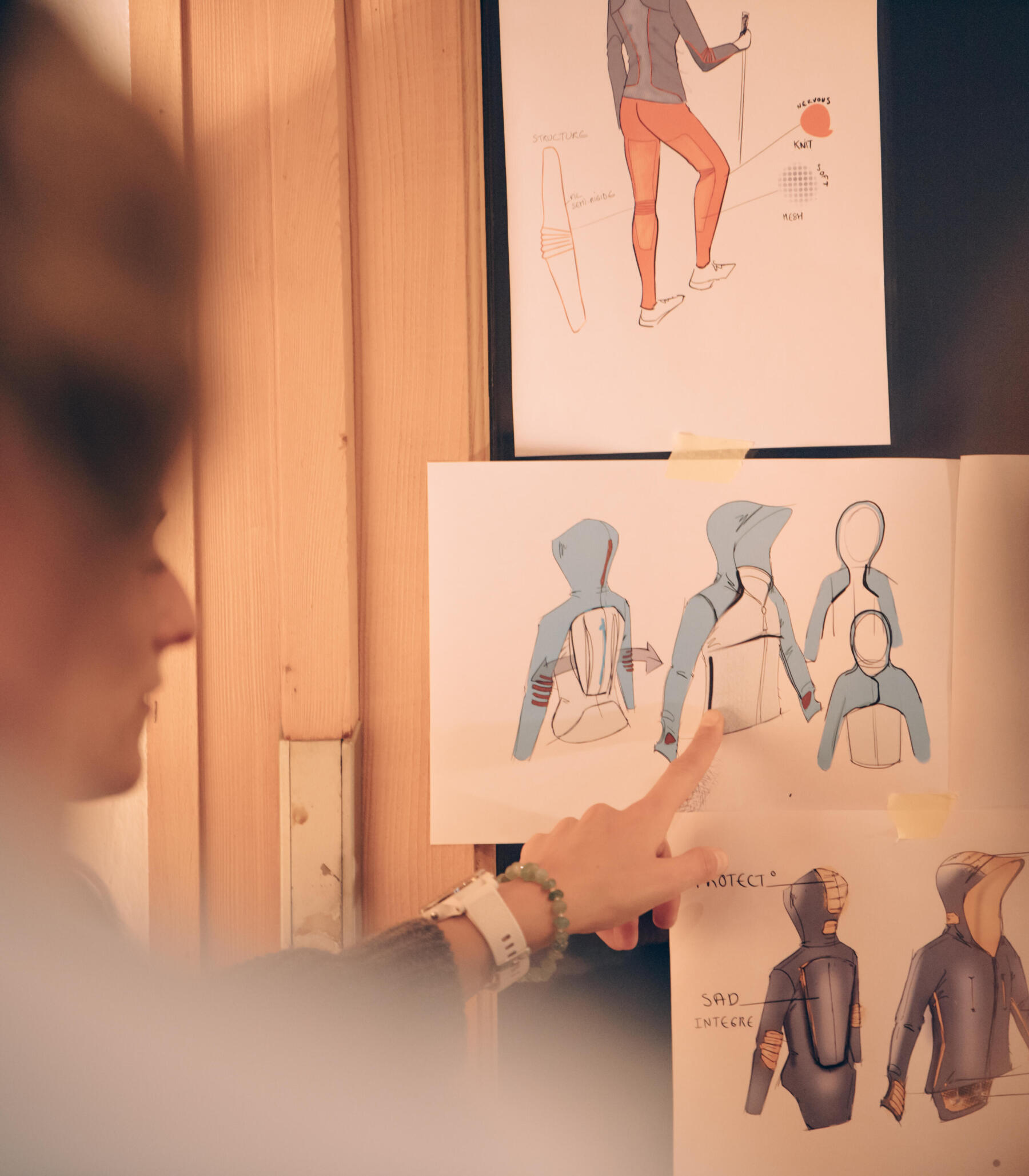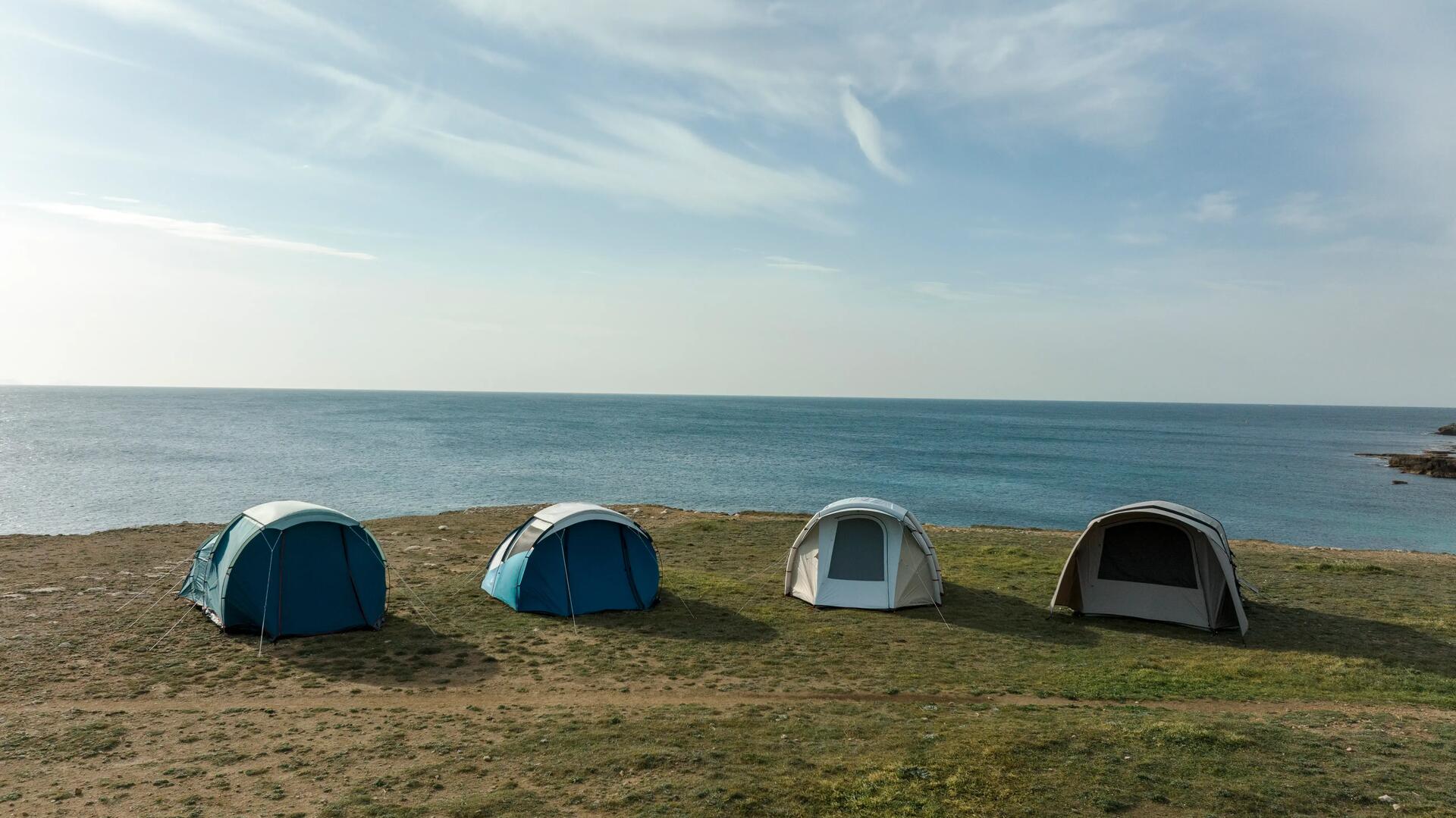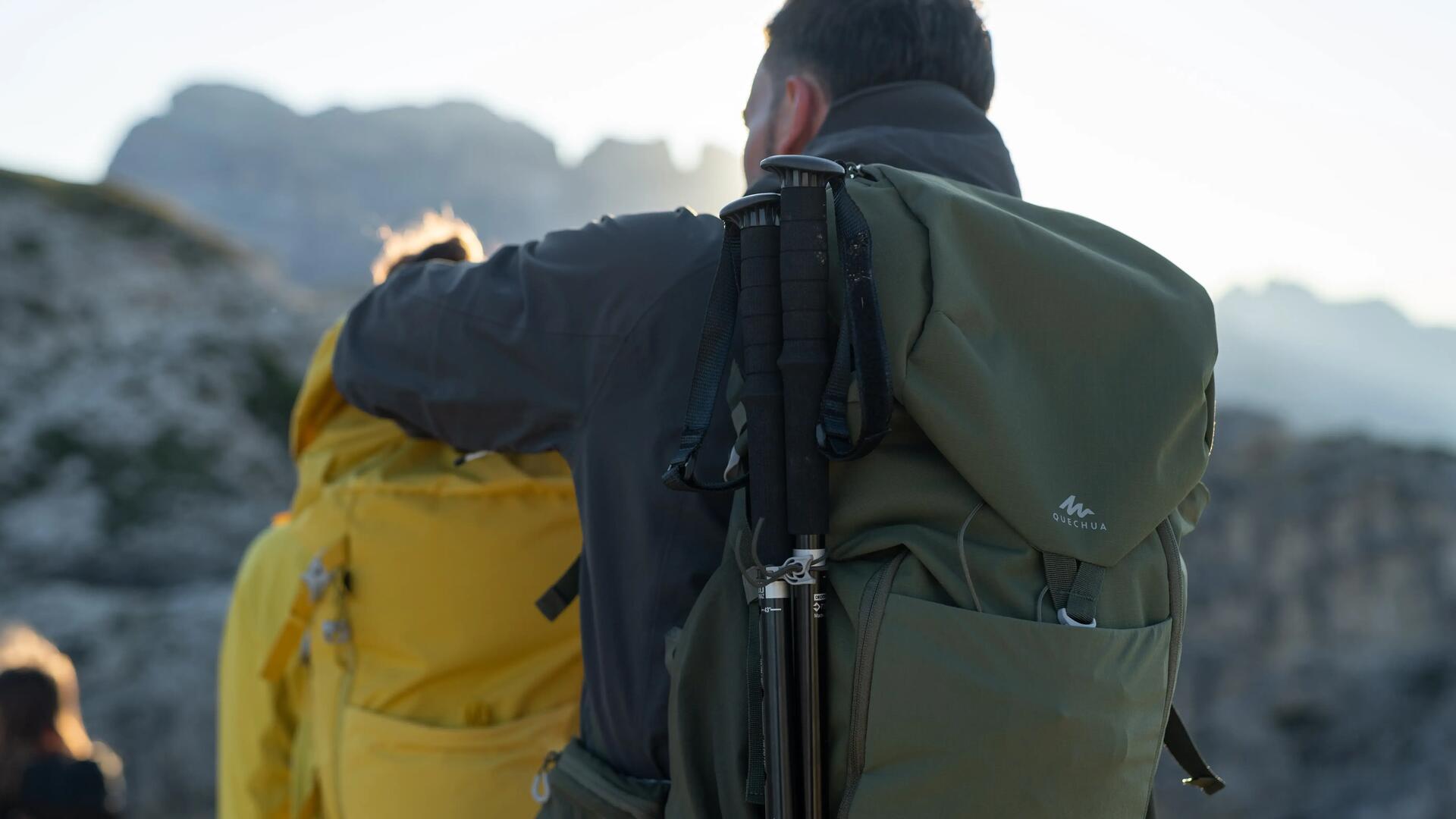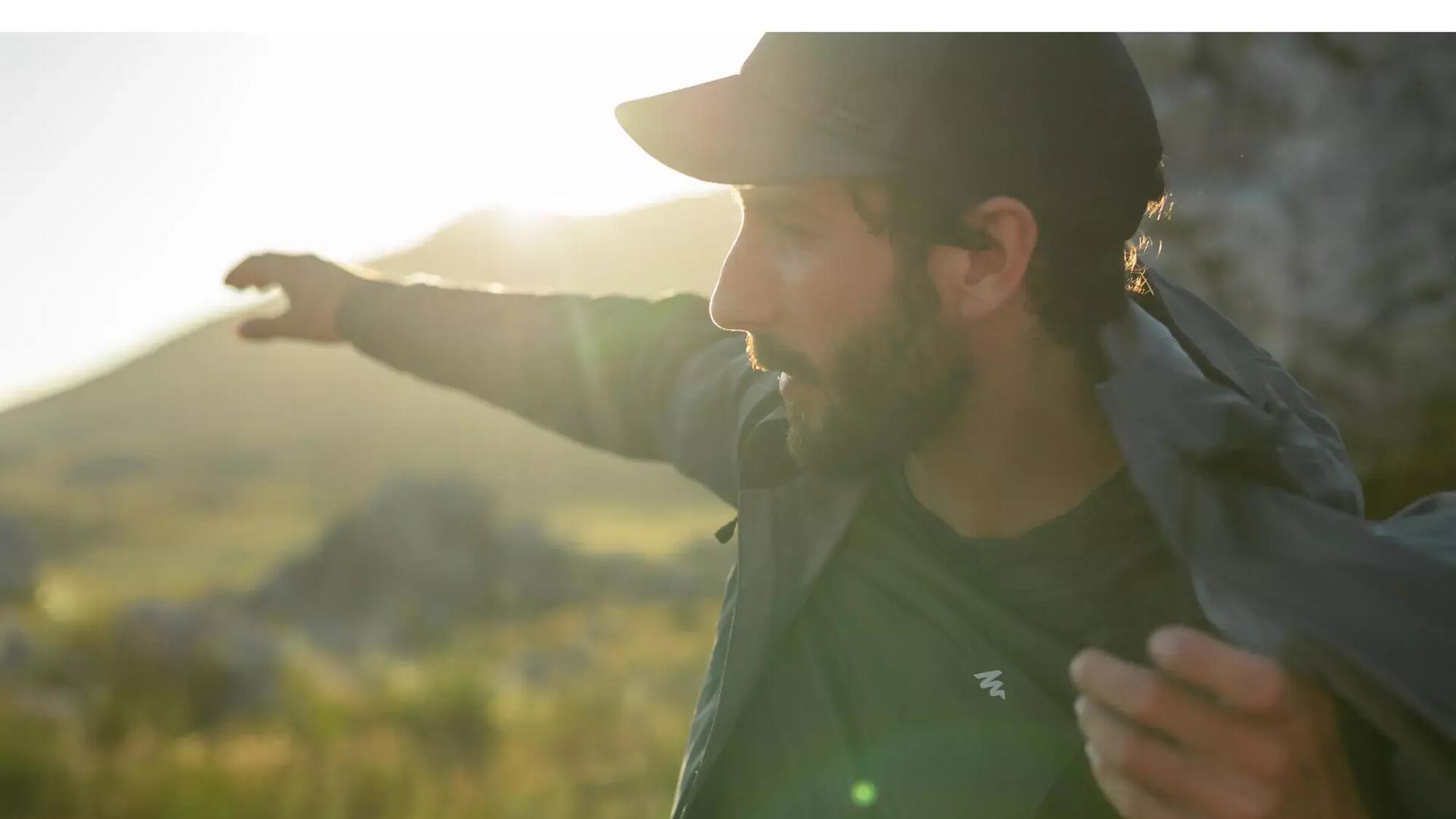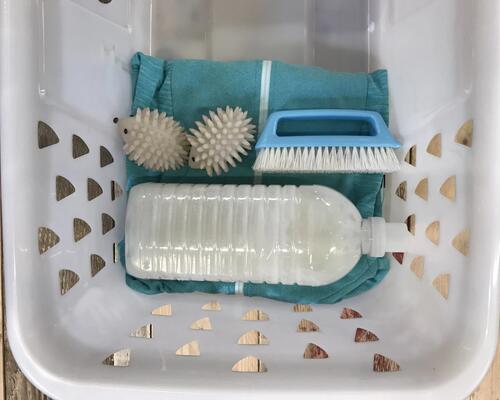A long lasting product, yes, but how?
When we talk about durability, there are three main concepts that come to mind.
1/ Eco-design which aims to limit as much as possible the environmental impact of our products. For the last 10 years we have been committed to adopting eco-design. More than 160 Quechua products already comply with an ecodesign approach.
2/ Test, test and re-test. We do our utmost to provide high-quality products, capable of withstanding the test of time. Which is why we test all of our products both in the laboratory, as well as in real-life conditions. We get to enjoy some great hiking and shared experiences... And, occasionally, nightmare moments! Camping in the rain is useful for testing a product but not necessarily pleasant, just like testing hiking shoes that are still under development. We test their wear, function, assembly and materials, in all the conditions that you would encounter when hiking or camping.
In this way, we are able to ensure that our products meet the demands of the sport over time. And it's thanks to these various tests and adjustments that we are able to guarantee our different tents with their varying functions.
Before thinking about developing repair solutions, we ensure the durability of our products through 3 types of test:
- fabric resistance tests (e.g. Martindale abrasion test)
- assembly resistance tests (ex: the jerk test improving the resistance on the handle and the straps of our backpacks)
- field tests, in real conditions (ex: durability missions of 4 to 6 weeks).
After these tests, our engineers reinforce weak areas and evaluate the relevance of developing a repair part.
3/ Our product repairability. We do our utmost to provide tough and long-lasting products, but a torn jacket or broken pole is something that can happen when out hiking.
So, whenever possible, we focus on product repairability! It really would be a great shame to have to throw away your damaged equipment when, sometimes, it can be very easy to repair.
Our product design gives consideration to product end-of-life and aims to: repair rather than throw away!
OK, we'll tell you a bit more!

